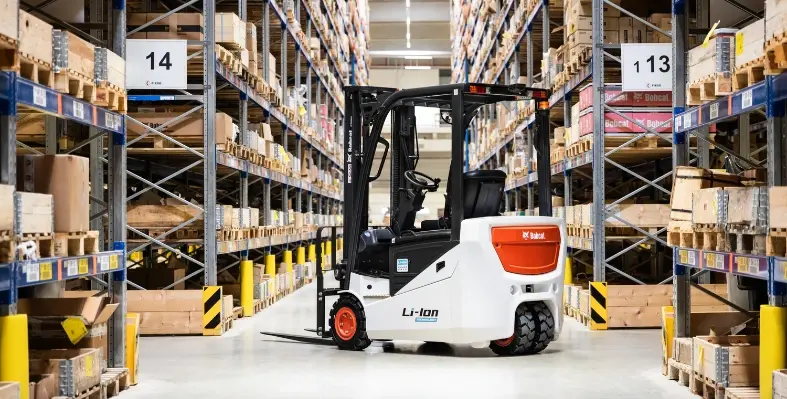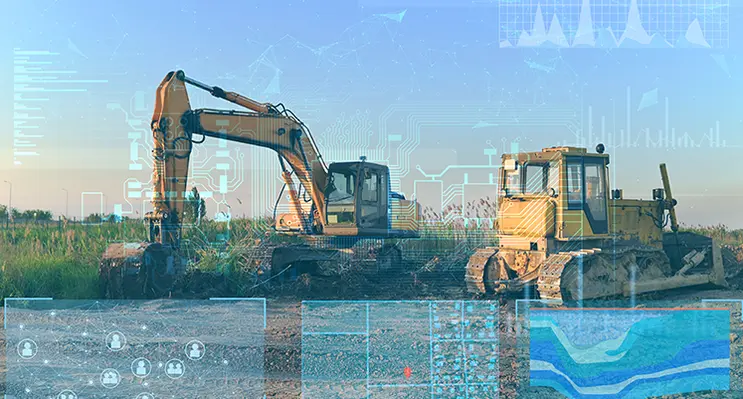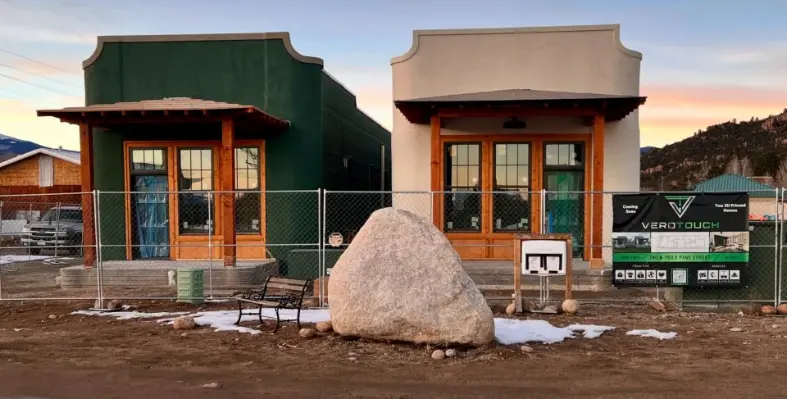Bobcat has expanded its electric materials handling line up with the launch of the B16 to B20 NT series, the company’s first three wheel forklifts designed exclusively around modern lithium ion technology.
The new B16NT, B18NT and B20NT models are aimed at light to medium duty operations and combine compact design with zero emission performance. Bobcat says the series represents a future proof investment for manufacturing and logistics users seeking safer, cleaner and more efficient in plant transport.
The forklifts deliver load capacities between 1.6 and 2 tonnes at a 500 millimetre load centre and feature a 4.5 kilowatt dual drive motor alongside a 12 kilowatt hydraulic motor. Their small turning radius gives operators the ability to work confidently in narrow aisles without compromising on stability.
Bobcat states that the models’ manoeuvrability is matched by a significant emphasis on operator protection and comfort. The low access step, generous legroom and modern driver interface are designed to reduce fatigue and enhance visibility, while the intuitive colour display provides at a glance diagnostics to help avoid unexpected failures. The standard electric parking brake with ramp stop forms a central part of the safety package, ensuring secure stopping even on gradients.
Coinciding with the forklift launch, Bobcat has introduced its own lithium ion batteries for both the NT series and its existing electric range. Available in 400 and 600 amp hour capacities, the new batteries use lithium iron phosphate chemistry which is regarded for its high safety levels and thermal stability.
More features
An integrated thermal management system enables operation in temperatures as low as minus 18 degrees Celsius, safeguarding performance in demanding environments. The batteries also connect directly into the machine’s CAN bus, removing the need for a separate display and allowing real time monitoring through Bobcat’s Machine IQ telematics. This visibility supports preventative maintenance, safer charging routines and a longer operational lifespan.
The company has also developed a dedicated charging infrastructure for the new energy packs. The fast chargers are built for efficiency and reliability, with a typical full charge taking around two hours depending on the model. Smart charging electronics continuously adapt output to the battery’s condition in order to prevent overheating and extend service life.
Their robust construction and flexible connectivity options make them suitable for both centralised charging rooms and distributed charging points across large sites.
According to Bobcat, the introduction of the NT series, the new batteries and the associated charging solutions demonstrates its commitment to safer and more sustainable intralogistics. The firm expects the lithium ion technology to deliver longer battery life, reduced maintenance requirements and greater operational control for users seeking an environmentally responsible alternative to traditional power sources.








